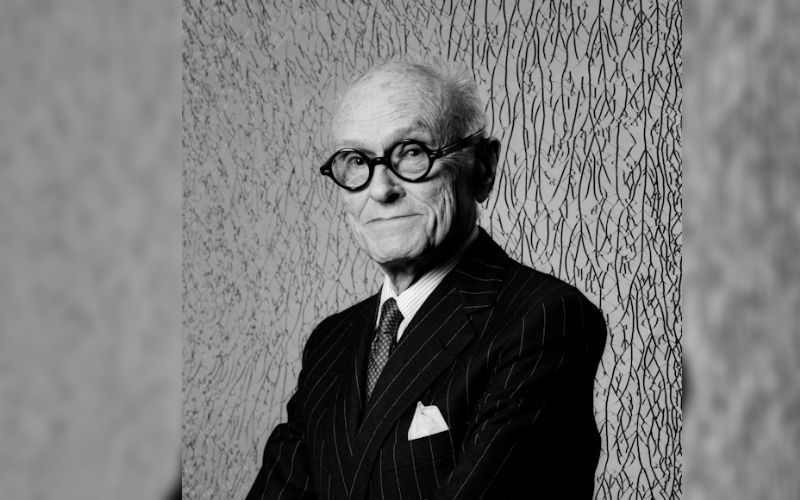100 Heroes: Philip Johnson
The gay man who was a ground-breaking designer and shaped our view of the world - but his politics continue to raise questions over his legacy.

A hugely influential architect Philip Johnson is a problematic figure in queer history because of his documented links to fascism, racism, and white supremacy.
The career
Born in 1906 and raised in Cleveland, Johnson studied history and philosophy at Harvard. Upon completing his studies in 1927, Johnson travelled to Europe with architectural historian Henry-Russell Hitchcock.
In 1930, Johnson joined the architecture department of the Museum of Modern Art in New York.
From 1936 until 1941, Johnson worked as a journalist before enrolling in the Harvard Graduate School to study design and architecture.
In 1941, Johnson enlisted in the US military. Johnson was stationed in the US for the duration of World War Two.
Having completed his military service in 1946, Johnson returned to work at the Museum of Modern Art while also establishing his own architecture practice.
The buildings
Johnson’s first project was to build himself a residence in Connecticut.
Completed in 1949, The Glass House has become a landmark of modern architecture. The glass rectangle showcased a calm and ordered aesthetic that has become a touch-point for contemporary architecture.
Other notable buildings that further consolidated Johnson’s reputation and unique point of view include the interior of the Four Seasons restaurant in New York City’s Seagram Building. This was completed in 1956.
What were Philip Johnson’s links with fascism?
Pursuing a career in journalism, Johnson was working as a correspondent for Social Justice during the 1930s. Social Justice was a newspaper run by the populist religious leader, Father Charles Coughlin. Coughlin was a Catholic preacher who reached a huge audience through his weekly radio broadcasts – it’s estimated that about 30 million Americans tuned in each week to listen to him. By the late-1930s, Coughlin’s broadcasts had become increasingly anti-semitic and pro-fascist.
On behalf of the Social Justice newspaper, Johnson made several trips to Germany - providing sympathetic coverage of the Nazi rally at Nuremberg in 1938, as well as the German invasion of Poland in 1939.
Johnson later described his activities in Germany as stupid, and it remained a point of embarrassment for him throughout his life.
Personal life
Johnson’s first notable relationship appears to have been with cabaret singer Jimmie Daniels, whom he met in 1934.
Johnson spent 45 years in a relationship with David Whitney.
He died in 2005, aged 98.
